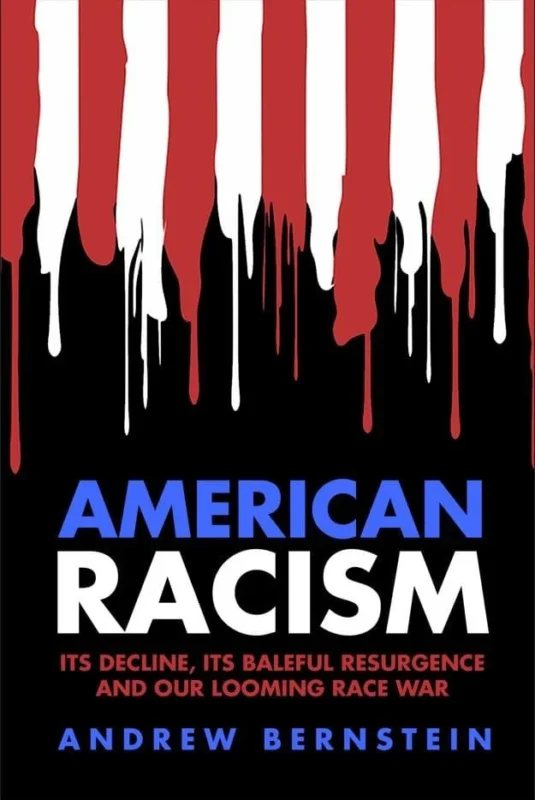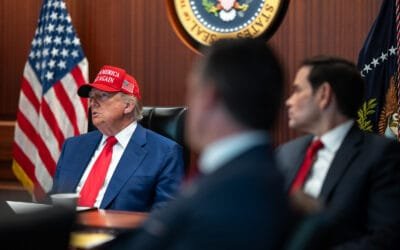A cloud is hanging over this year’s Christmas season: the cloud of recession.
You can see it in weak Christmas shopping sales and the desperate deals being offered by car makers. You can see it in the words of a shopper interviewed on television, who explained her financial strategy: she just hopes to be able to pay off her credit cards “before the recession hits.”
You can see it in the newspaper headline that declares “In Silicon Valley, No Time to be Jolly.” The booming high-tech companies that were lauded as the driving force behind the economy are laying off workers and scaling down their once-lavish Christmas parties.
There are some who might chuckle at the fate of these dot-coms, who might enjoy seeing the rich and powerful knocked down a peg. But others realize that when the high-tech entrepreneurs lose their jobs, the rest of us aren’t far behind.
Believe it or not, there is a deliberate design behind this slacking economic growth. These recession fears are the result of a perverse but openly declared war on economic growth by Federal Reserve Chairman Alan Greenspan.
Call this the year the Greenspan stole Christmas.
Like the fictional Grinch, who can’t stand the merriness, the singing, and the bells, bells, bells, bells of Christmas in Whooville — so Greenspan has been a dour presence looming over the growing economy of the past decade. He has derided rising stock prices as “irrational exuberance,” he has worried that expanding business activity might exceed some alleged “economic speed limit,” and he has pursued a deliberate strategy of trying to slow down the economy, prevent wage increases, and burst the stock market’s “bubble.”
And now here we are, with the stock market down for the year and high-tech companies and automakers in a slump. Greenspan ought to be happy.
But apparently it’s not quite enough. It will be January at the earliest before Greenspan moves, slowly and cautiously, to lower interest rates, release his brakes on the economy, and try to stimulate new growth. But there is a long lag-time between lower interest rates and economic growth — so by the time Greenspan gets around to a rate cut, he’ll probably be a year too late for the kind of “soft landing” he has promised.
The problem is not Greenspan’s gloomy personality. The problem is his basic antagonism toward free markets — an antagonism that runs against Greenspan’s reputation. Greenspan is usually seen as a staunch free-marketer, influenced by the great pro-capitalist philosopher Ayn Rand. But his statements and actions over the past decade reveal an opposite outlook.
The justification offered for Greenspan’s high interest rates is the view that a booming economy is inherently unsustainable. Bankers, investors, and businessmen, in this view, cannot be trusted. If left to their own, they will act irrationally; they will expand the economy “too fast,” creating an artificial “boom” to be followed by an inevitable “bust.”
The perverse part of this philosophy is that Greenspan’s solution is to plunge us into an artificial bust by raising interest rates far above what is justified — in effect, puncturing the economy’s tires. The only thing that makes this idea seem remotely rational is the hope that Greenspan can patch the tires up again before the economy skids out.
The irony is that Greenspan is afraid businessmen will expand the economy too quickly — but now we have to be afraid that he will shrink it too rapidly. Greenspan says we can’t trust investors to act rationally — then he expects us to rely on a single person, the Federal Reserve Chairman, not only to act rationally, but to brilliantly predict the exact moment at which the economy will make a “soft landing.”
I recognize that Greenspan has been a good Federal Reserve chief, primarily because he has helped to virtually eliminate inflation. But the economy’s reward for that achievement is supposed to be falling interest rates, and that is precisely the benefit Greenspan is denying us. He keeps rates artificially high, not because there is any evidence of inflation, but because he has become ideologically committed to the anti-market view that businessmen and investors cannot be trusted to run their own affairs.
A good economy and the taming of inflation have made us forget the lessons of the 1970s, the lessons about the danger of putting enormous regulatory power in the hands of government officials. Let’s hope that the mistakes of the Federal Reserve Chairman don’t force us to learn that lesson all over again.









